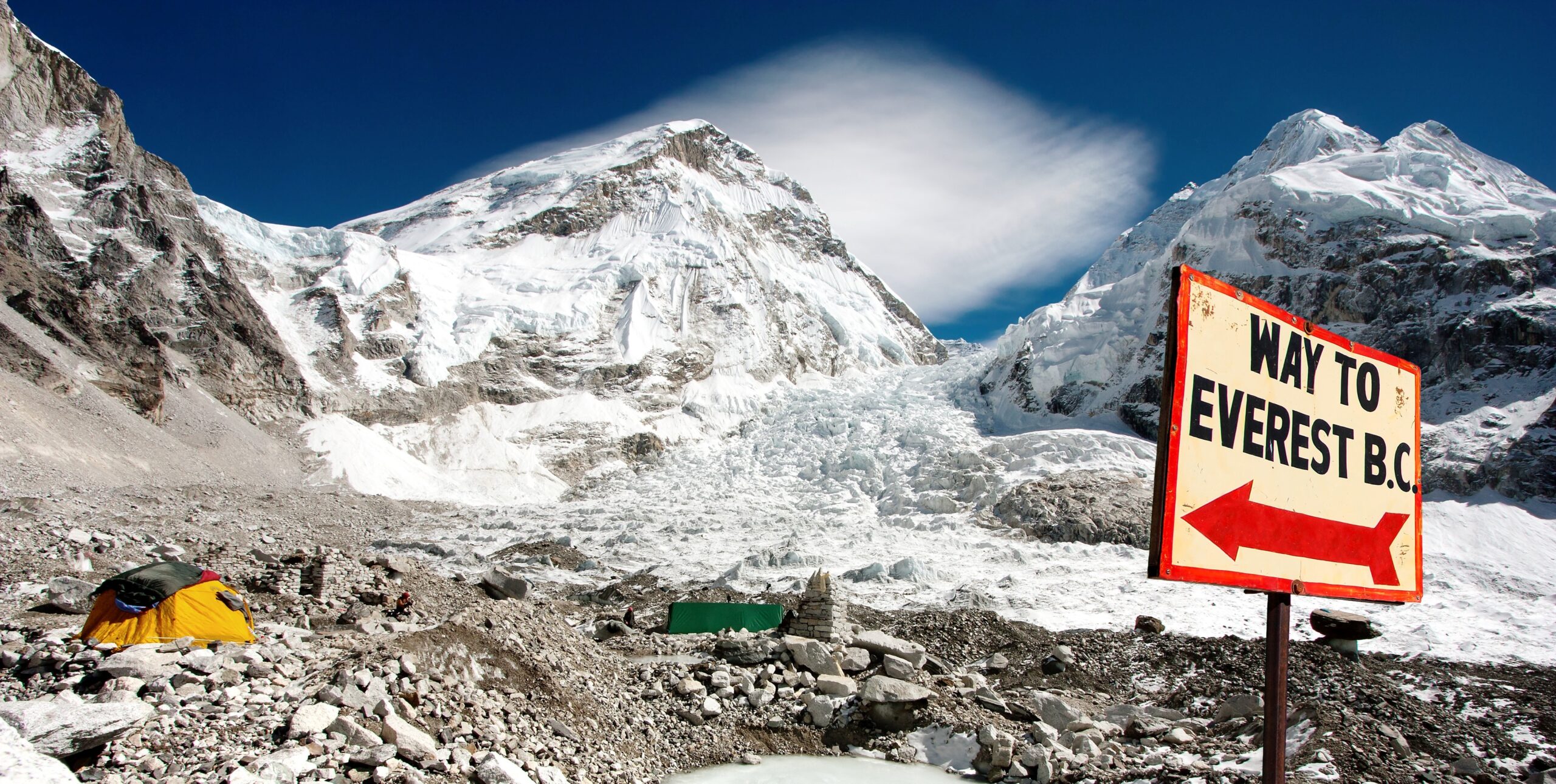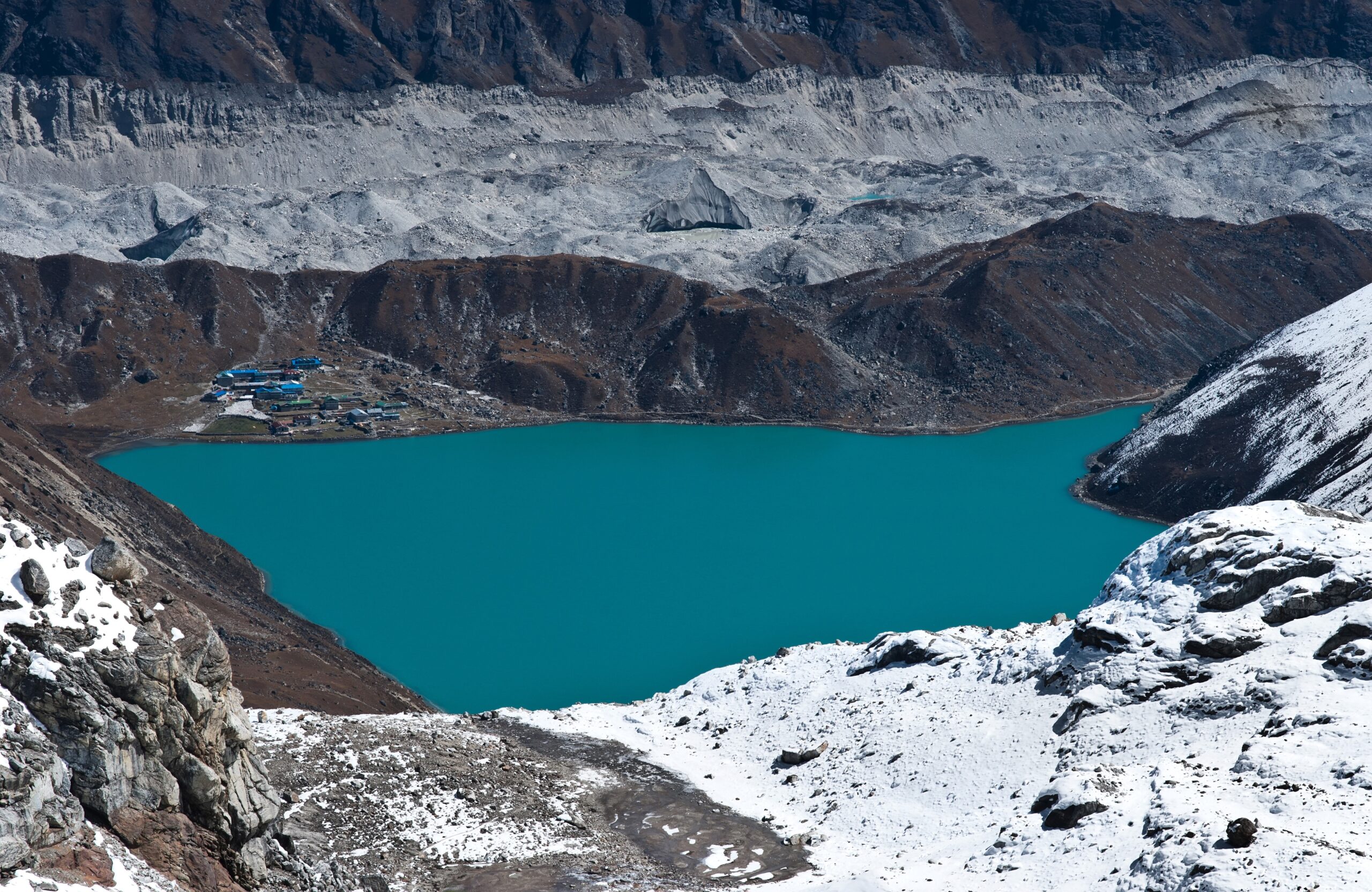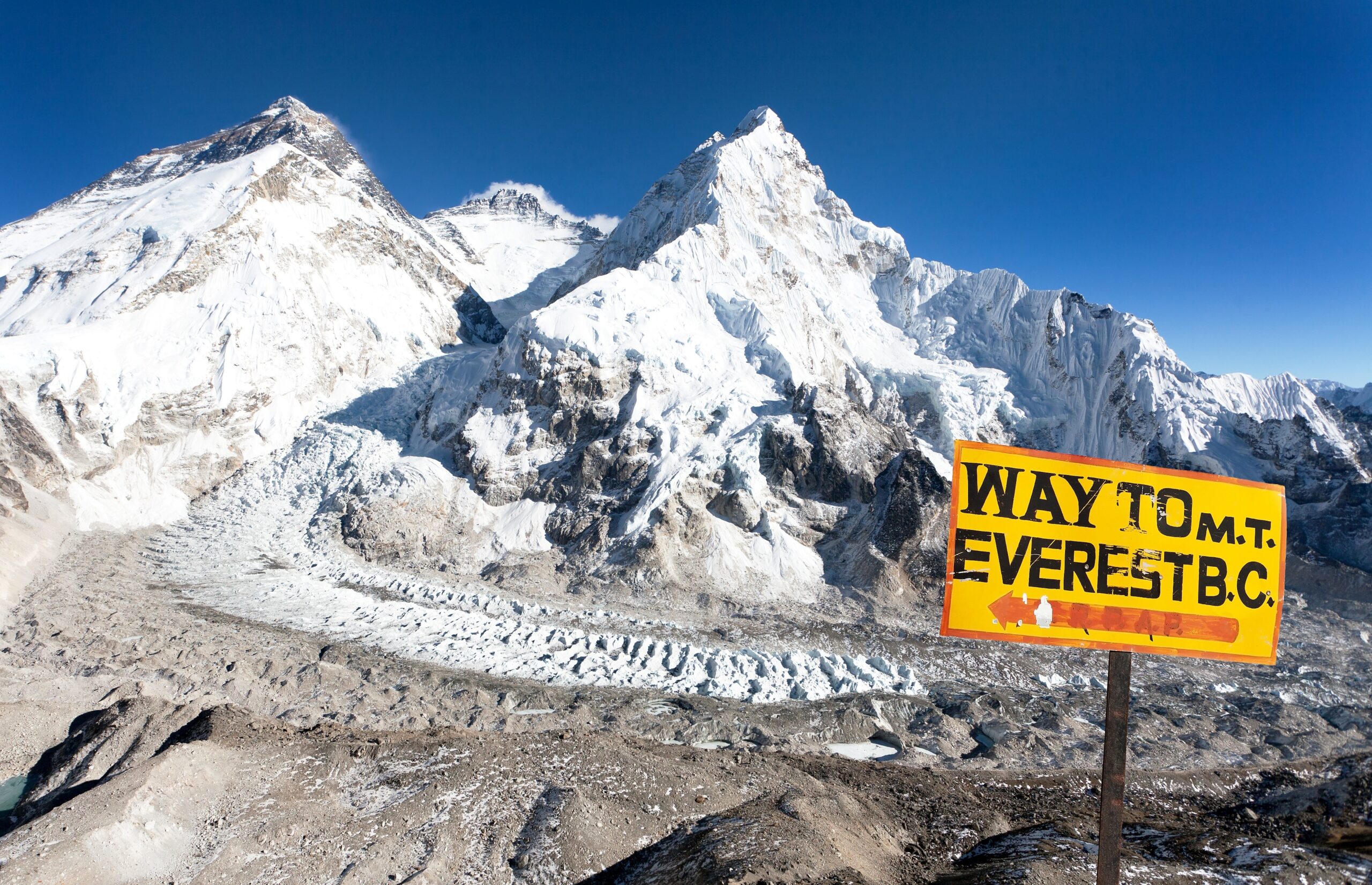Different routes to reach Everest base camp in Nepal
Everest base camp is one of the most popular tour/trek destinations in Nepal. Thousands of trekkers visit the location every year with the hope of not only getting a view of the Himalayas for a lifetime, but to experience the joy of trekking to one of the best trekking base camps in the world.
Not only foreign visitors but hundreds of Nepalese visitors also go to the Everest base camp each year. There is really so much to explore on the Everest base camp trek like some of the tallest mountains in the whole world like Mount Everest, Mount Lhotse, etc., the lifestyle of the Sherpa people, small tea houses that becomes the haven to every passing trekker, and a close exposure to the Tibetan-Nepalese culture in the Himalayas.
As a benefit for the trekkers, there is more than one route that you can take when you are on the Everest base camp trek in Nepal. While there are some common routes that are the most popular, there are some routes that are yet to be fully explored during the trek. Make sure to read till the end of this article to know everything you need to about different routes to reach Everest base camp!
How many routes are there for the Everest base camp trek?
There are several routes that you can take during your Everest base camp trek. The most popular one is doubtlessly the traditional route from Lukla to Phakding that goes through the Dudh Koshi river. There is a great likelihood that your guide will take you through this route.
However, there are just as convenient routes that you can explore during your journey, like the Three Passes to Everest base camp, Gokyo and Renjo La pass Trek, Jiri to Everest base camp, and Tumlingtar to Everest base camp.
Traditional Everest base camp trek
The traditional Everest base camp trek leads you from Kathmandu to Everest base camp via Lukla, Namche Bazaar, Dudh Koshi through Phakding, Tengboche and Dingboche. Trekkers get to experience the core and the most beautiful aspects of the Khumbu Valley when they take this route. This route is easy to access as well. You will be dropped to Lukla directly from the flight. One can always reach Lukla from a road drive from Kathmandu.
Namche Bazaar, which is famous for being the marketplace for those living in the Everest region, has been facilitating many trekkers as well as residents with Saturday markets and proper hotels to stay in. You will also get good amenities in the Namche Bazaar, which you wouldn’t otherwise find elsewhere.
On your way, you will also be able to visit a renown monastery, Tengboche, which has a great significance among those who follow Buddhism. The monastery had been destroyed by previous earthquakes but has been renovated several times after. The history and the essence of the monastery has been pulling visitors as a source of attraction. And you can also explore the beauty of festivals celebrated here during fall.
Dingboche has been a restful place for trekkers. And, Dudh Koshi through Phakding is nothing less of a heavenly sight to witness. Besides just plain landscapes, this route has more than just the mountains to offer.
Three Passes and Everest base camp
Anyone who wants to experience the true essence of trekking must go to the Everest base camp via this trek. Though this route will take a trekker’s physical strength, there is so much a trekking enthusiast can ask for besides just reaching the destination after all. One gets the perfect view of Mount Everest, Lhotse, Cho Oyu, and Makalu from this route. You will also be able to reach Namche from this route and spend a few days at the Bhote Koshi Canyon, which is no less than an adventure.
Once you cross Renjo La Pass, you will also come down to the Gokyo Valley. From the valley, you see a fantastic view of the Gokyo Ri. Then you will proceed to Dudh Pokhari, heading down to Ngozumpa Glacier, Mount Pharilapche, Ngozumpa glacier, which leads trekkers to get a fantastic and seamless view of Ama Dablam. From here, one can reach Gorakshep, which is also the last village of the Khumbu region.
Trekkers can then return from the traditional route to Kathmandu via Namche Bazaar and Lukla.
Gokyo and Renjo La pass Trek
This route is not as popular but is one of the best routes for adventure lovers. From this route, you can reach the Everest base camp at a shorter time than the three passes route. This route is almost the same as the traditional route except that you will get to experience the trail of Dole and Machhermo from here. From Gokyo Ri, you can see the best of views without much problem along with this, you can also enjoy views of Pharilapche and Dudh Pokhari.
A flight to Lukla is shorter but a drive through Jiri gives you the view and the experience of the lives in valleys along the way. Once you cross Jiri, you will be able to carry on with the same route as the traditional one. The only difference between this route and the traditional route is that you will spend more time in Jiri and your trek will stretch by a few more days. But this also means you get to experience more than you would if you take the traditional route.
Tumlingtar to Everest base camp
This route will start from a flight from Kathmandu to Tumlingtar before starting with the actual trail to the Everest base camp. This route is not taken as frequently as compared to other trails because it takes trekkers more time to complete the trek via this route. From Tumlingtar, you will be headed to Lukla.
The journey will be complemented by small tea shops where you can find comforting foods and drinks. The hospitality of the people in the area is another plus point of taking this route. Also, you will be able to get an up close look at Tumlingtar, which in itself is a destination for many trekkers. Another reason as to why one should take this route is, you will be able to acclimatize comfortably. Your journey time will stretch, but your body will get the rest and adjust as necessary in the long run.
Which route is the best for the Everest base camp trek?
While there is no such thing as the best route for the Everest base camp trek, it is important to keep in mind the different routes and the convenience and adventure you are going to experience throughout your journey.
The most favorable route for all is the traditional route. If a trekker is to take this route, he will be able to experience not only the end result but also enjoy the full experience of touring to the best parts of the Khumbu region. Mount Everest is not only the factor that makes this route preferable by trekkers.
Even beginners with an adequate level of training and skills can get the best out of this route. This surely does not mean that you are going to complete the Everest base camp trek with ease in this trek, though. There will be certain difficulties that will come your way throughout the journey. But, it is just as important to remember that anyone who does not possess expertise in trekking won’t find as much as from any alternate routes.
An alternative route that is also popular is the route from Jiri to Everest base camp. Jiri gives you a glimpse of the rural lifestyle of the people with a perfect scenic view. Hence, just like the traditional route, the end destination is not the only factor you will be enjoying. This route is not the easiest, but if you have just the right amount of skills and endurance, you can easily excel your trek.
Depending on one’s physical capabilities and expertise, trips route like Everest base camp trek and return by helicopter also becomes an opportunity and a choice of adventure lovers.
Conclusion
With a little knowledge of the alternate routes and a lot of zeal to explore new things, trekkers are left with some good options to choose from when it comes to routes to the Everest base camp. Though deemed as one of the most challenging base camp treks in the world, trekkers will not find it as difficult as is generalized when they are able to find the right route as per their skills, knowledge and preference.





